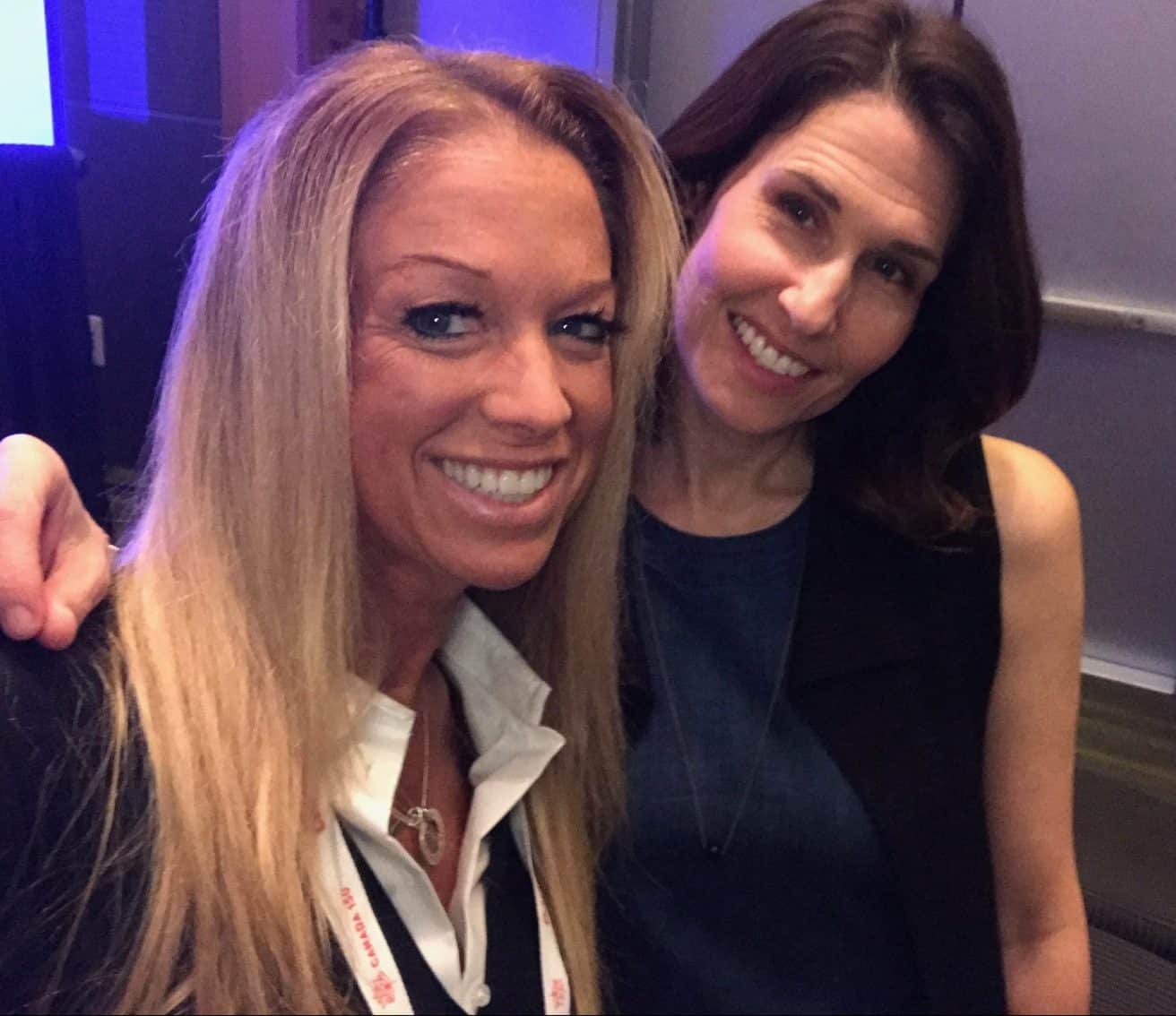 Sometimes, the body images and the messages that are plastered in our social medias are meant to motivate us and they may have the reverse effect.
Sometimes, the body images and the messages that are plastered in our social medias are meant to motivate us and they may have the reverse effect.
Social Media Expert, Amanda Vogel had a brilliant session this weekend at #canfitpro #vanfitexpo about how, as fitness profession, we can re-word our posts to be more conscious about the effect that we can have: KEEP IT POSITIVE: BODY IMAGE AND SOCIAL MEDIA. Here is a recap of my learnings:
MESSAGE
From the posts below, which ones do you like? Which ones don’t you like? (Just from the words point of view. When seeing different images associated with these quotes, it very often takes a turn that convey a different message whether the picture is inspiring or has a sexual connotation.
“When your passion burns more than the last set”
“Don’t stop until you’re proud”
“If you still look cute at the end of your workout you did not train hard enough”
“Skinny girls look good in clothes, fit girls look good naked”
“The only thing that stands between you and what you want out of life is the will”
“Making excuses burns zero calories per hour”
“There is no wrong way to have a body”
“How to have a beach body: 1. Have a body 2. Go to the beach”
HASHTAGS:
#girlswholift #guyswholift #tighgap #fitnessselfies #inspiringfitness #noexcuses #fitpros #bodypositive #sweatyselfie, etc. Have a look a what shows up when you look up these hashtags and ask yourself if you want to be associated with them. Where do you want your content to go? Which hashtag are not already “soft-porn” polluted?
FILTERED REALITY
Social medias provide a filtered reality.
Thin-ideal media images = body image concerns. With traditional medias, we assume pictures have been photoshoped and worked. However, in social medias, even if we know the pictures may have been improved, we don’t necessarily believe it. We think people just took a selfie and posted it. (We don’t know they may have taken 100 pictures before choosing the best one…)
63% agree the fitness industry’s social media infers you have to look a certain way.
50% of women agree that fitness pictures on social medias make them feel bad about themselves. 63% of men disagree to that statement.
IDENTITY
In fitness, do we want to sexualize the body or do we want the fitness to come in when we are trying to advertise to our audience?
Researches shows that a mock profile on Facebook of the same women with two different outfit for her profile picture gave different opinions. The profile was identical for the two examples. Same profile except for the picture on the profile. The first one, the person was wearing a low cut dress, posing in a sensual pose and the other picture was showing the same girl in jeans and t-shirt.
The survey showed that the profile with the low cut dress meant that this person was less competent and less attractive. Intentions are good when posting our toned body wanting to inspire and yet, it makes us look less competent.
BODY DISSATISFACTION OR INSPIRATION
Researches show that spending more time on social media was correlated with greater body dissatisfaction, drive for thinness, internalization of thin ideal, appearance comparison, etc.
Study with looking at 16 photos of women posing in a fitness environment vs. looking at 18 photos of women travelling. Looking at the women posing: increased negative mood, increased body dissatisfaction relative to their fitness level. In looking at travel group of pictures: resulted in low self-esteem relative to travel. So both groups of pictures seem to create “envy” and dissatisfaction. However, in both groups: People looking at the picture were inspired to take care of their health and to travel. Even if the pictures makes them feel bad, they also inspire them to get fit or to travel.
So how do we take that inspiration and make sure our content is actually inspiring people as much as possible? Women toned and thin and men showing high muscularity should be careful as to how they portrait themselves, objectifying elements (sexual). Most images that showed one person implied that fitness is a lonely world. Most people are posing and not actually doing. Make videos so that they see you actually doing stuff. Careful when you post only one portion of your body, the face is very important to see the whole person as a whole.
INTENTION vs PERCEPTION.
Pictures where you see people do activities inspire more than a one lonely person or body part. Ask yourself, what is your intention when posting? What perception others will have? Seek images that you think you like. When people are doing things, it makes viewers truly get inspired. You always portrait your own values and philosophy on your posts. Think of your role as a leader and make sure you know your target market and what is going to appeal to them and what will discourage them. What are their vulnerabilities? Make sure you address them from the right angle. Make sure the content doesn’t shame them or doesn’t make them close the door.
How would you do it differently? Ask yourself before each post, if I saw this and I could change one thing to make it more inspiring and make people feel great, what would it be? Actions, real environment, more smiles, genuinely being happy as opposed to look posing and arrogant. Why am I posting this? Me, me, me or inspiration.
POST TO IMPACT NOT TO IMPRESS 
Amanda’s last three tips:
Know your fitness values and what you stand for.
Research your hashtag streams to suit your style.
Post with intention towards positive body image!

